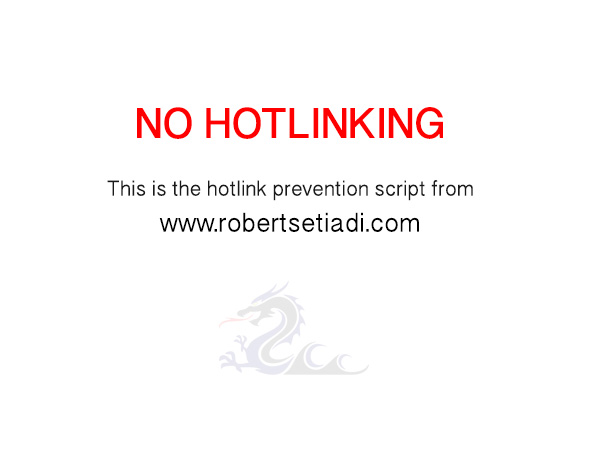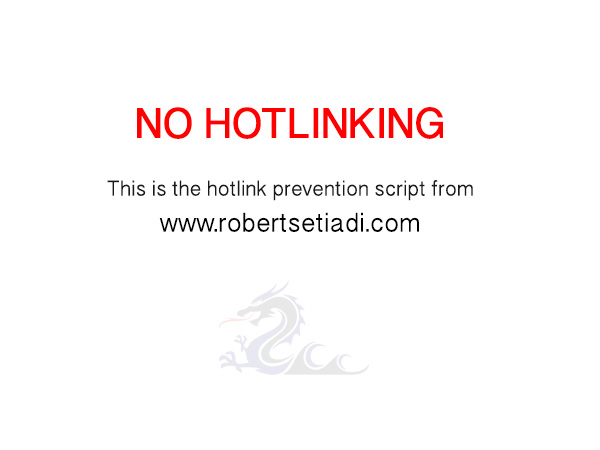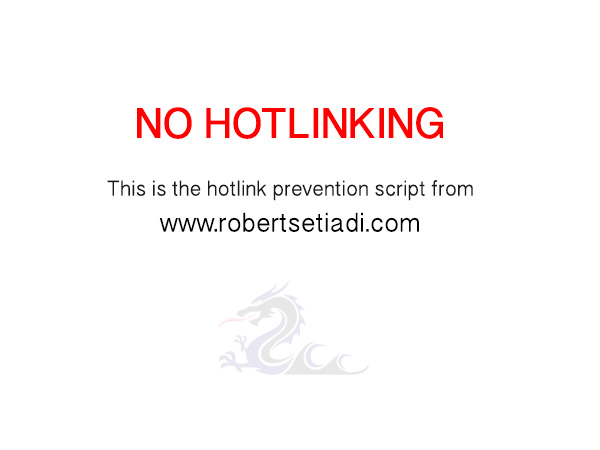Starting from 29 July 2015, Windows 10 is available for public download. Within the first 24 hours, more than 14 million computers around the world have Windows 10 installed. I upgraded Windows 8.1 in my Toshiba Encore 8 to Windows 10 without any problem and was generally impressed with Microsoft’s latest operating system. At least in my device, Windows 10 is fast and smooth. The booting time in my tablet is a little bit slower than Windows 8.1, but Windows 10’s overall responsive and user experience is better. Many other people reported faster booting time, so I am not really sure why I didn’t get the same experience with my tablet.
 Toshiba Encore 8 is a Windows tablet with low specs (Intel Atom Z3740 processor clocked at 1.33 GHz with 2 GB RAM). So I would expect that my experience with Windows 10 would not be far different from many other people using “old” computers from few years ago. This review is written only after few days of using the new operating system, so obviously it could not cover everything. However, it should be useful to help whether it is worth to jump the ship and upgrade our Windows devices or not.
Toshiba Encore 8 is a Windows tablet with low specs (Intel Atom Z3740 processor clocked at 1.33 GHz with 2 GB RAM). So I would expect that my experience with Windows 10 would not be far different from many other people using “old” computers from few years ago. This review is written only after few days of using the new operating system, so obviously it could not cover everything. However, it should be useful to help whether it is worth to jump the ship and upgrade our Windows devices or not.
Installation
The process of Windows 10 installation was fairly easy. Microsoft has made everything automatic and painless. All we need to do is answer some on-screen notifications and the installer took care of everything. The installation took long time though. Not including the time to download the installer, it took about 2 hours to upgrade my Toshiba tablet to Windows 10. A friend of mine also reported that he detected a lot of Internet activities during upgrade process, and some significant amount of data was being transferred. So you might want to consider not to do the upgrade using metered connection. Right after upgrade, I can use all my files, apps and settings from Windows 8.1 immediately. Even some old apps from Windows XP era runs smooth without any issue in Windows 10.
Start Menu
Start Menu is back. Killing the Start Menu was one of the major mistakes of Windows 8 and I am glad that Microsoft finally acknowledges that. Start Menu in Windows shows a combination of Windows 7 Start Menu and the “modern” style live tiles from Windows 8. Yes, all those rectangle icons (with some live content for some apps) becomes part of Start Menu now.
I like how File Explorer (Windows Explorer) becomes one of the main items in Start Menu now. I like how Control Panel app and Settings app from Windows 8 are now merged into one app: Settings. It becomes more accessible using both mouse and touch, and less confusing.
Action Center
If we swipe from the right side of the screen (for touch enabled display) or click on Notifications icon in system tray, a panel called Action Center will appear. The top half shows various notifications from apps and the operating system itself. The bottom half allows us to quickly access popular settings. The ones appear in my tablet is Tablet Mode, Rotation Lock, Note, All Settings, Connect, Battery Saver, VPN, Bluetooth, Brightness, Wifi, Quiet Hours, Location and Airplane mode. Different machine might show different set of quick options.
It’s probably worth to note that Windows 10’s default setting for Rotation Lock is on. As result, I needed few minutes to figure out how to turn on auto rotate when I first using Windows 10 (it got me locked in portrait mode).
Desktop Mode vs. Tablet Mode
 One of the most frustrating issue in Windows 8 was the mixing of desktop and tablet experience into one design. As a result, none of them gave optimal user experience. Windows 10 takes different approach. It allows us to choose whether we want to use it in Tablet mode (optimised for touch screen devices) or not (optimised for physical keyboard and mouse).
One of the most frustrating issue in Windows 8 was the mixing of desktop and tablet experience into one design. As a result, none of them gave optimal user experience. Windows 10 takes different approach. It allows us to choose whether we want to use it in Tablet mode (optimised for touch screen devices) or not (optimised for physical keyboard and mouse).
When I choose to use my device in Tablet mode, my start menu becomes full screen menu (Start Screen like the one from Windows 8 instead of Start Menu). Applications will always open in maximised window, occupying the entire screen, presumably to make it easier for us to use it using touch control. Using some gestures, we can also split the screen to open two maximised windows side by side. There is a Back button right next to the Start Menu button. Very handy to have it there. Somehow I couldn’t choose to have Start Menu (not full screen) instead of the annoying full screen Start Screen.
When I turned off Tablet mode, I could choose between Start Menu (not full screen) or Start Screen (full screen). There is a search bar next to Start Menu button. Supposedly it works to use Cortana, Microsoft’s smart assistant. Sadly, Cortana is not available for Australia yet, so I couldn’t test it. In my tablet, it’s just a traditional search box linked to Bing. Luckily, there is an easy way to change that annoying search box that takes up valuable space in the task bar into a small search icon, or to hide it completely. Just right-click on the search box and choose Search menu. Sadly I could not choose to have that super useful Back button in Taskbar when I turn off Tablet mode.
Interestingly, when I first had Windows 10 installed to my tablet, the initial situation was Tablet mode switched on, with non full screen Start Menu. After restarting Windows once, I could never go back to this initial setting. Tablet mode always forced me to full screen Start Screen.
Taskbar
Windows 10 Taskbar is generally unchanged from Windows 8 except the fact that the default setting is NOT to show app icons there when in Tablet mode. Microsoft is trying to persuade us to use Task View button, which will show us all currently opened apps, similar to Mission Control in OS X. Luckily it is also easy to change the default setting and make app icons are shown using right-click on the Taskbar. Active apps have colored indicators below their icons. Similarly, the icon to show on-screen keyboard on my tablet screen can be shown from the same right-click menu.
Pre-installed Apps
 Windows 10 comes with a number of pre-installed apps, from Calendar to Mail, from Settings to Alarm. Most of them are actually usable. Clean and properly designed. Probably not the best versions available when compared to many third party options, but certainly usable for some people who just want to have basic apps for basic tasks.
Windows 10 comes with a number of pre-installed apps, from Calendar to Mail, from Settings to Alarm. Most of them are actually usable. Clean and properly designed. Probably not the best versions available when compared to many third party options, but certainly usable for some people who just want to have basic apps for basic tasks.
It is probably worth to note that Recycle Bin is treated as an “app” and can be pinned into Start Menu.
Microsoft Edge
Microsoft’s new browser is certainly much better than the widely hated Internet Explorer. Edge is clean and fast. I might consider it to do some rush browsing session. However, there is little benefits to offer people to move away from Google Chrome or Mozilla Firefox. Microsoft Edge is finally catching up to become a decent browser, but nothing significantly better from the two dominant players in the modern browser market: Chrome and Firefox.
I think it’s a bit sneaky for Microsoft to set Edge as default browser when Windows 10 is installed. They really want to make sure that people would at least try it. Well, the problem is, so many non-tech-savvy users might not able to realise that their default browser has changed, let alone knowing how to set it back.
One more thing, I realised that Microsoft Internet Explorer is STILL installed in my Windows 10. So my computer now has two different browsers from Microsoft installed simultaneously.
Microsoft Office
Microsoft Office 2013 runs well and smooth in Windows 10. Well, it’s to be expected since they are built by the same company. As a bonus, Microsoft also released touch-optimised Word, Excel and PowerPoint in Windows Store.
Gaming
Solitaire game as we knew it is gone. Microsoft replaced it with something entirely new. To play simple Solitaire, now we need to login into our Microsoft account and we will connect to the game using our XBOX nickname. We can still play limited experience of the game for free, and somehow Microsoft is trying to make money by making us paying for “premium edition”. The cost for premium edition is AUD 1.79 PER MONTH. Yes, you read it right, it’s not a one-off purchase, it’s an ongoing cost every month. This is exactly the “freemium” model that I dislike so much. Well, I am very sure within few months there will be tons of new (third party) Solitaire apps in Windows Store.
I am not a heavy gamer, especially not in this machine. Well, no sane person would expect a computer powered by Atom processor, 2 GB RAM and standard Intel HD graphic to run any “serious” game. Therefore I can’t really say much about heavy gaming.
Temporary Conclusions
With only few days of experience in using a complex operating system, obviously there are many aspects I haven’t discovered yet. However, so far Windows 10 is a good OS for me. It’s fast, it’s responsive, it feels light. The user experience is much improved from Windows 8.1. All the little details actually count and I can feel Windows 10 as a refined operating system. Should you upgrade now? Yes, go upgrade.

Leave A Comment